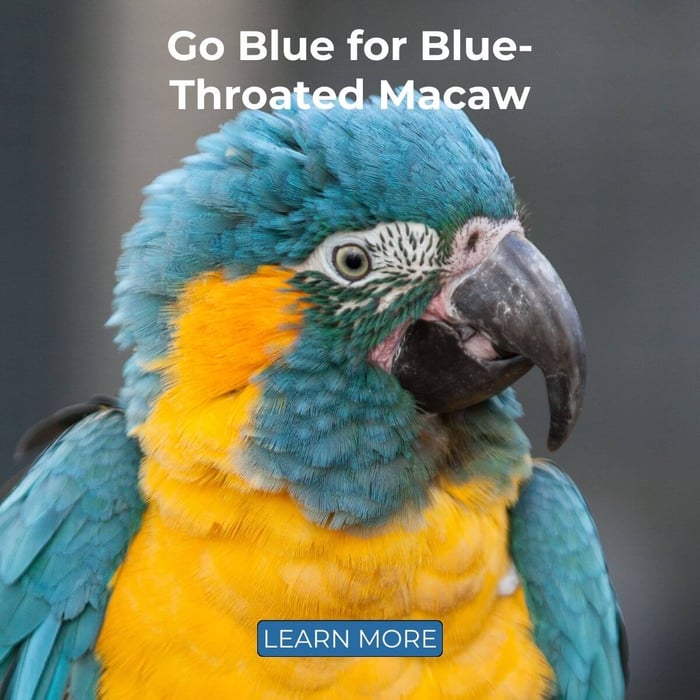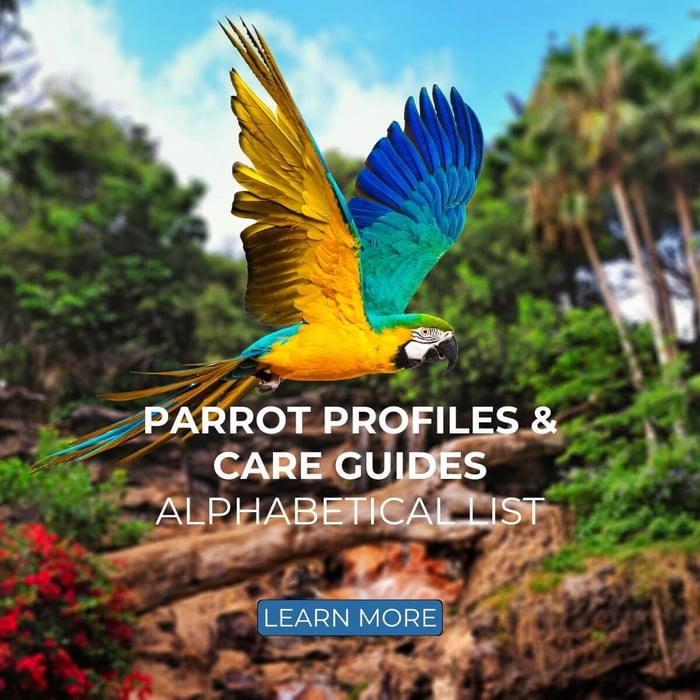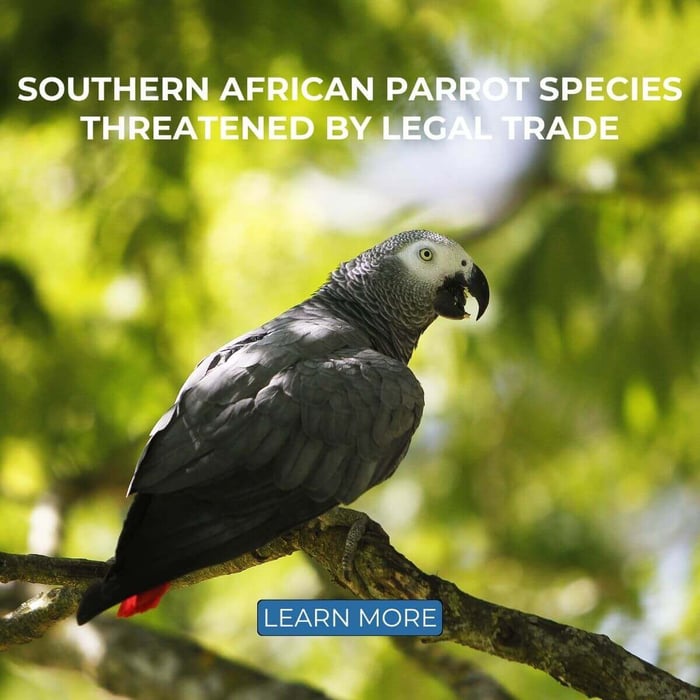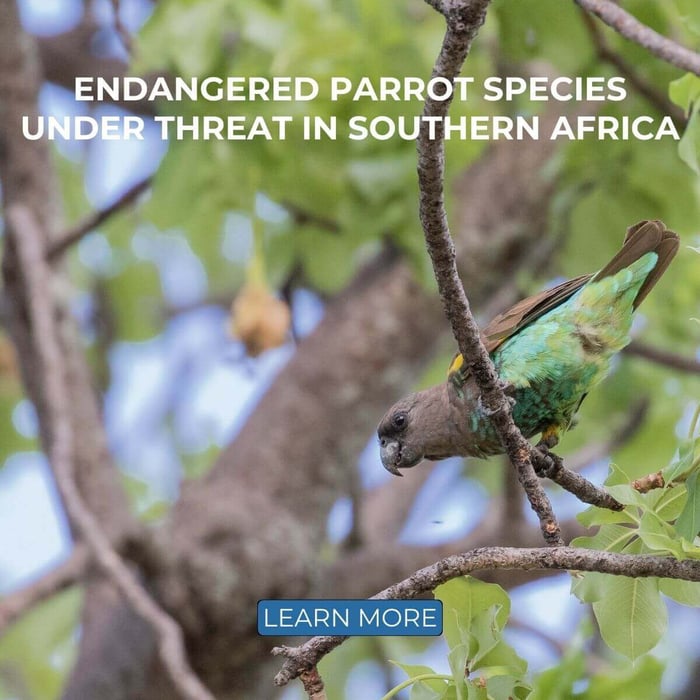Saving the Night Parrot of Queensland
The Night Parrot, one of the most mysterious and elusive birds in Australia, has captivated ornithologists and bird enthusiasts for over a century. Known for its nocturnal habits and elusive nature, the Pezoporus occidentalis has long been considered one of the world's most enigmatic avian species. Found primarily in the arid regions of Australia, recent conservation efforts in Queensland have shed light on the importance of protecting this rare bird.
The Discovery of the Night Parrot
The parrot was first discovered in the mid-19th century, but sightings have been extremely rare, leading many to believe it was extinct. In 2013, ornithologist John Young's rediscovery of the Night Parrot in Queensland's remote regions reignited hope and spurred significant conservation initiatives. This rediscovery was a landmark moment in ornithology, comparable to finding the ivory-billed woodpecker in North America.
Habitat and Behavior
This parrot inhabits the spinifex grasslands and chenopod shrublands of Australia's arid interior. These areas are characterised by their sparse vegetation and harsh climatic conditions. The bird relies heavily on dense clumps of spinifex for roosting and nesting. These spinifex clumps provide essential cover from predators and harsh weather conditions, making them a critical component of the Night Parrot's habitat.
This nocturnal bird is known for its reclusive behaviour, making it incredibly difficult to study. The Pezoporus occidentalis is primarily active during the night, foraging for seeds and insects. During the day, it remains hidden in dense vegetation, making it nearly impossible to spot. Its calls, which are described as haunting and melodious, are often the only indication of its presence in an area.
Threats
Habitat Destruction
This Parrot faces several threats that endanger its survival. Habitat destruction due to agricultural expansion and mining activities has significantly reduced its natural habitat. These activities lead to the fragmentation of the landscape, making it difficult for the parrot to find suitable roosting and foraging sites. The loss of spinifex grasslands is particularly concerning, as these are crucial for the bird's survival.
Predation
Predation by introduced species, such as cats and foxes, poses a significant risk to its population. These predators are adept hunters and can easily locate and kill parrots, especially the young and nesting birds. Predation is one of the leading causes of the decline in Night Parrot numbers, and managing this threat is a top priority for conservationists.
Climate Change
Climate change and extreme weather events further exacerbate these threats, making conservation efforts even more critical. Increased temperatures, prolonged droughts, and severe storms can all negatively impact this parrot's habitat and food sources. Adapting conservation strategies to account for climate change is essential to ensure the long-term survival of the species.
Conservation Efforts in Queensland
Protected Areas and Reserves
In response to the rediscovery of the Pezoporus occidentalis, various conservation initiatives have been launched in Queensland. Establishing protected areas and reserves is a primary strategy to ensure the bird's habitat is preserved. The Pullen Pullen Reserve, managed by Bush Heritage Australia, is one such example. This reserve provides a safe haven for the Night Parrot and other endangered species, with ongoing efforts to expand and connect protected areas to support biodiversity.
The creation of these reserves involves extensive planning and collaboration with local landowners and indigenous communities. By working together, conservationists can ensure that these protected areas are managed sustainably and provide the necessary resources for the Night Parrot's survival.
Research and Monitoring
Research and monitoring are crucial components of Night Parrot conservation. Scientists use advanced technologies such as acoustic monitoring and camera traps to gather data on the bird's behaviour, population size, and habitat use. Acoustic monitoring involves placing recording devices in potential Night Parrot habitats to capture their calls. These recordings are then analysed to identify the presence of the birds and monitor their movements.
Camera traps are another valuable tool for researchers. These motion-activated cameras are placed in strategic locations to capture images and videos of the Night Parrot. This data helps researchers understand the bird's behaviour, breeding habits, and interactions with other species.
These efforts help identify critical areas for protection and inform management strategies to enhance the bird's chances of survival. By understanding the needs and behaviours of the parrot, conservationists can implement targeted actions to support their population.
Predator Control Programs
Implementing predator control programs is essential to reduce the threat posed by introduced species. Efforts to control cat and fox populations in these habitats have shown positive results, with increased sightings and evidence of breeding activity. These programs involve trapping, baiting, and monitoring to ensure the long-term success of predator management.
Trapping involves capturing and removing predators from the habitats. Baiting uses specially designed baits that are toxic to predators but safe for other wildlife. Monitoring involves regular surveys to assess the effectiveness of these control measures and make adjustments as needed.
Community Engagement and Education
Engaging local communities and raising awareness about the Night Parrot is vital for its conservation. Educational programs and community involvement initiatives help foster a sense of stewardship and responsibility towards protecting this unique bird. Collaborations between conservation organisations, government agencies, and local communities are essential to ensure the success of these efforts.
Community engagement involves organising workshops, seminars, and field trips to educate people about the importance of the parrot and its habitat. These programs aim to inspire a sense of pride and ownership among local residents, encouraging them to participate in conservation activities and support the protection of the Night Parrot.
Innovative Approaches
Innovative approaches, such as using drones for habitat mapping and employing sniffer dogs to detect Night Parrot nests, are being explored to enhance conservation efforts. These technologies provide valuable data and improve the efficiency of monitoring programs.
Drones equipped with high-resolution cameras can capture detailed images of the landscape, helping researchers identify potential Night Parrot habitats and assess the condition of existing ones. This information is crucial for planning conservation actions and prioritising areas for protection.
Sniffer dogs, trained to detect the scent of the Night Parrots, have proven to be highly effective in locating nests and roosting sites. These dogs can cover large areas quickly and accurately, providing invaluable assistance to researchers in their quest to study and protect the parrot.
Conclusion
The Night Parrot's story is a testament to nature's resilience and the importance of dedicated conservation efforts. While significant progress has been made in Queensland, the journey to secure the Night Parrot's future is ongoing. By continuing to protect its habitat, control predators, and engage local communities, we can ensure that this elusive bird remains a part of Australia's natural heritage for generations to come.
Source: Bush Heritage Australia




